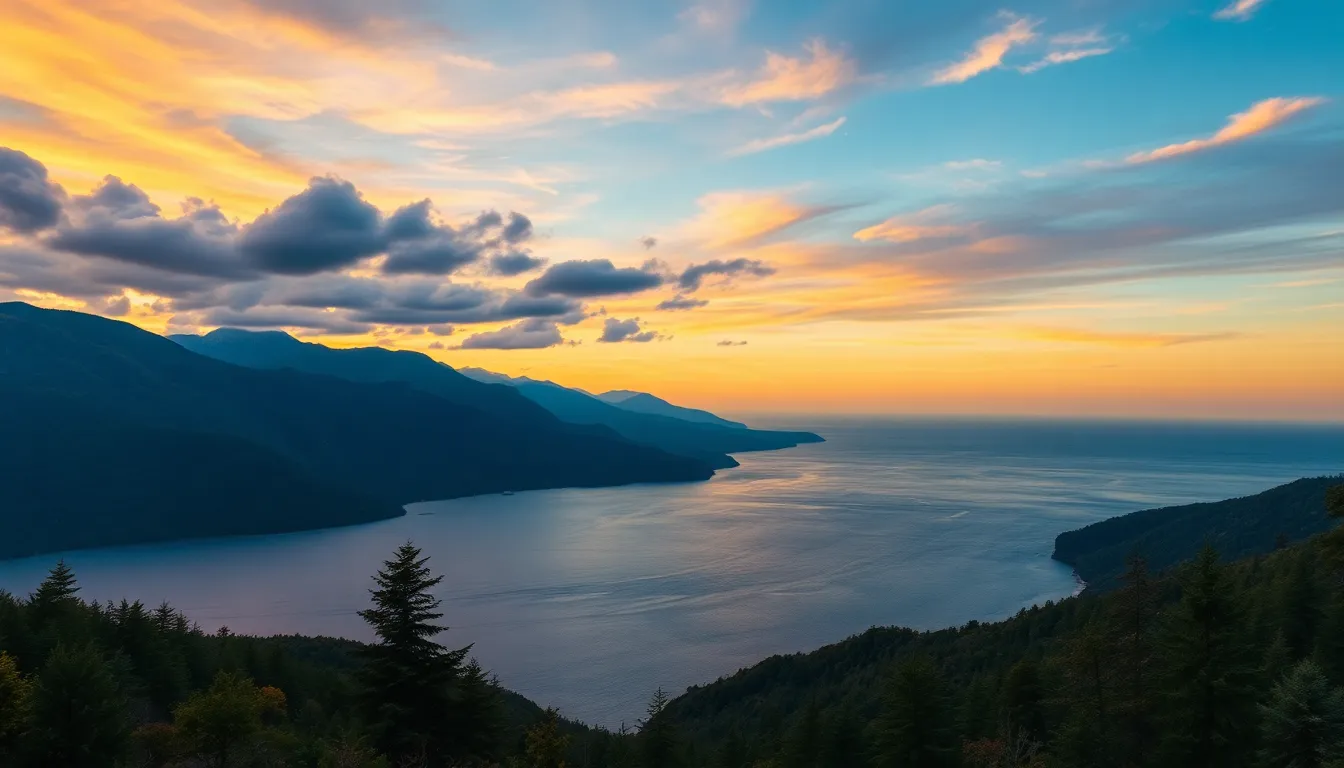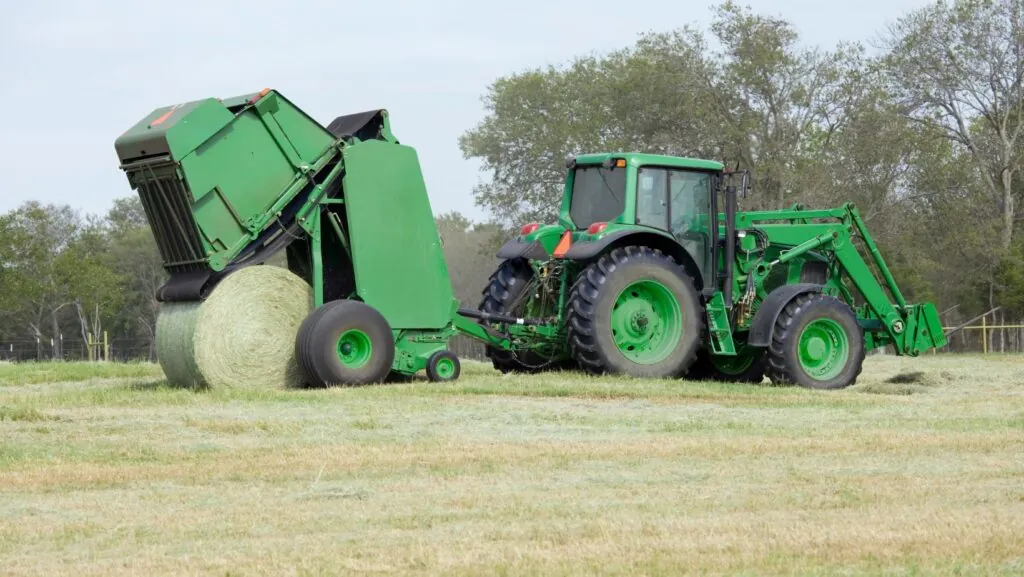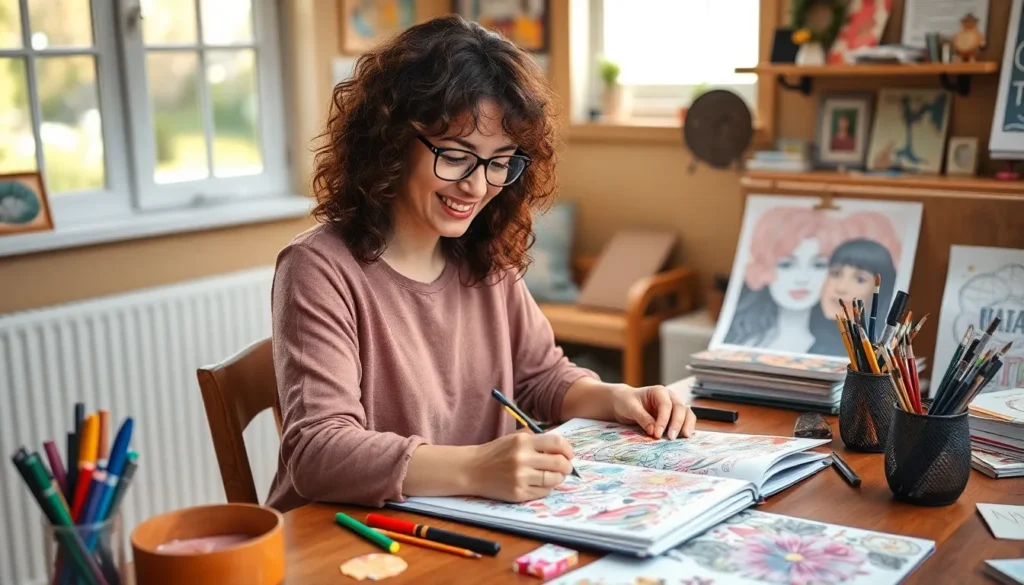Table of Contents
ToggleArtistic inspiration fuels creativity and drives artists to express their visions. It can emerge from the simplest moments in everyday life or the profound depths of human experience. Whether through nature’s beauty, a powerful story, or the emotions of others, inspiration often strikes unexpectedly, igniting the spark of imagination.
Understanding the sources of artistic inspiration is essential for any creator. By exploring these influences, artists can cultivate their unique styles and push the boundaries of their work. This journey not only enriches their art but also connects them with audiences on a deeper level. In this exploration of artistic inspiration, discover how various elements can awaken creativity and lead to remarkable artistic expressions.
Understanding Artistic Inspiration
Artistic inspiration serves as a vital catalyst for creativity, driving artists to create unique and profound work. Recognizing and exploring various influences enhances both the creative process and the resulting artwork.
Definition of Artistic Inspiration
Artistic inspiration embodies the stimulus that ignites an artist’s creative drive. It encompasses the emotional, intellectual, and sensory experiences that prompt a new idea or concept. Often spontaneous, inspiration can lead to innovative expressions across various art forms, including visual arts, music, and literature.
Sources of Artistic Inspiration
Sources of artistic inspiration are diverse and often intertwined, providing artists with a multitude of ideas to explore. Common sources include:
- Nature: Landscapes, wildlife, and natural phenomena frequently inspire artwork, evoking feelings and emotions.
- Human Experience: Personal stories, relationships, and societal issues inform artistic narratives, creating relatable connections with audiences.
- Art History: Previous artistic movements and renowned artists offer rich material for influence and reinterpretation.
- Culture: Traditions, folklore, and local customs contribute unique contexts that shape creative expression.
- Dreams and Imagination: The subconscious mind often yields innovative ideas, unlocking possibilities that may not exist in reality.
By acknowledging these sources, artists can cultivate a richer creative environment, leading to more impactful art.
The Role of Nature in Artistic Inspiration

Nature serves as a profound source of artistic inspiration, influencing artists through its beauty, complexity, and ever-changing forms.
Natural Landscapes
Natural landscapes provide artists with breathtaking views and diverse settings that spark creativity. Mountains, oceans, and forests reveal intricate details and vast horizons. Artists often capture the emotional resonance found in serene vistas, dramatic sunsets, and rugged terrains. Through the depiction of natural landscapes, they convey feelings of tranquility, awe, and even isolation. For instance, the Impressionists like Claude Monet drew inspiration from outdoor scenes, emphasizing light and color to evoke mood.
Flora and Fauna
Flora and fauna enrich an artist’s palette with vibrant colors and unique forms that inspire imagination. Flowers, trees, and animals contribute to the visual language of art. Each species offers distinctive shapes and textures that artists can translate onto canvas. The detailed study of a sunflower or the grace of a swan evokes deeper themes of life and transience. For example, Georgia O’Keeffe’s paintings of flowers reflect their intricate beauty and symbolic meanings, showcasing how nature’s intricacies can resonate with human emotions.
Personal Experiences and Artistic Inspiration
Personal experiences serve as a wellspring of artistic inspiration, drawing from various life events and emotional reflections. These moments shape an artist’s perspective, providing a unique lens through which they interpret the world.
Life Events
Life events, ranging from joyous celebrations to profound losses, deeply influence an artist’s creative expression. Significant milestones such as weddings, births, or accomplishments can inspire vibrant, uplifting works that convey happiness and hope. Conversely, challenging experiences like heartbreak, grief, or illness often lead to introspective, poignant pieces that communicate struggle and resilience. Artists leverage these diverse experiences, translating them into art forms that resonate with audiences on a personal level.
Emotional Reflection
Emotional reflection acts as a powerful catalyst for creativity. Artists often channel their feelings into their work, allowing vulnerability to guide their expressions. Joy, sadness, anger, and nostalgia can all evoke powerful responses, resulting in art that captures raw human emotions. For instance, an artist experiencing loss might create a poignant sculpture or painting that embodies their grief. By embracing and reflecting upon their emotions, artists not only foster authenticity in their work but also create connections with viewers who share similar experiences.
The Influence of Culture on Artistic Inspiration
Culture profoundly shapes artistic inspiration, providing a rich tapestry of references, narratives, and aesthetics that artists draw from. Understanding this influence allows for deeper connections between art and society.
Historical Context
Historical events and movements impact artistic expression significantly. Artists reflect the values, challenges, and triumphs of their times, allowing viewers to discern cultural narratives embedded in their works. For instance, the Renaissance period sparked a revival of classical themes that emphasized humanism, leading artists like Leonardo da Vinci and Michelangelo to explore anatomy and nature intricately. Similarly, the tumultuous eras of war have inspired numerous artists, such as Pablo Picasso during the Spanish Civil War, revealing the emotional gravity of conflict and its aftermath. This interplay between history and art enriches the cultural dialogue, creating layers of meaning that resonate through generations.
Cultural Narratives
Cultural narratives encompass the stories and beliefs unique to societal experiences, influencing artistic creation. Artists convey the spirit of their culture through elements such as folklore, mythology, and traditions. For example, Indigenous artists often integrate traditional stories and symbols into their work, highlighting the importance of cultural identity and history. Likewise, contemporary artists, like Kehinde Wiley, draw on historical portraiture while challenging societal norms around race and identity. By engaging with these narratives, artists not only preserve cultural heritage but also provoke thought and dialogue, fostering understanding across diverse audiences. Ultimately, cultural narratives enable artists to communicate complex ideas and emotions, enhancing the richness of their creations.
Techniques to Cultivate Artistic Inspiration
Artists cultivate inspiration through various techniques that enhance creativity and mindfulness. Here are two effective methods that foster artistic growth.
Mindfulness Practices
Mindfulness practices ground artists in the present moment, allowing them to connect with their surroundings and inner selves. Techniques such as meditation and deep breathing facilitate clarity, alleviating distractions. Engaging in nature walks further amplifies this connection, as artists observe details and nuances in their environment. Journaling feelings and observations enhances self-awareness, creating a reservoir of emotions and thoughts to draw from during the creative process. Incorporating these practices into daily routines enables artists to tap into a deeper well of inspiration.
Creative Exercises
Creative exercises encourage artists to experiment, explore, and engage their imaginations. Techniques like brainstorming sessions stimulate idea generation, fostering a flow of concepts without judgment. Participating in art challenges or prompts pushes boundaries, inspiring artists to venture beyond their comfort zones. Collaborative art projects invite diverse perspectives, generating novel insights. Sketching or doodling regularly stimulates spontaneous creativity, unlocking inspiration from playful exploration. These exercises not only boost artistic skills but also nurture a continual cycle of inspiration and creativity.
Artistic inspiration is an ever-present force that shapes creativity and expression. By recognizing the myriad sources of inspiration—from nature’s beauty to personal experiences—artists can unlock their potential and develop distinctive styles. Engaging with cultural narratives further enriches their work, allowing for deeper connections with audiences.
Techniques to cultivate inspiration, such as mindfulness and creative exercises, empower artists to explore their inner worlds and the environment around them. Embracing these influences not only enhances artistic expression but also fosters a vibrant dialogue between the artist and society. Ultimately, the journey of seeking inspiration is a vital part of the artistic process, leading to profound and impactful creations.




